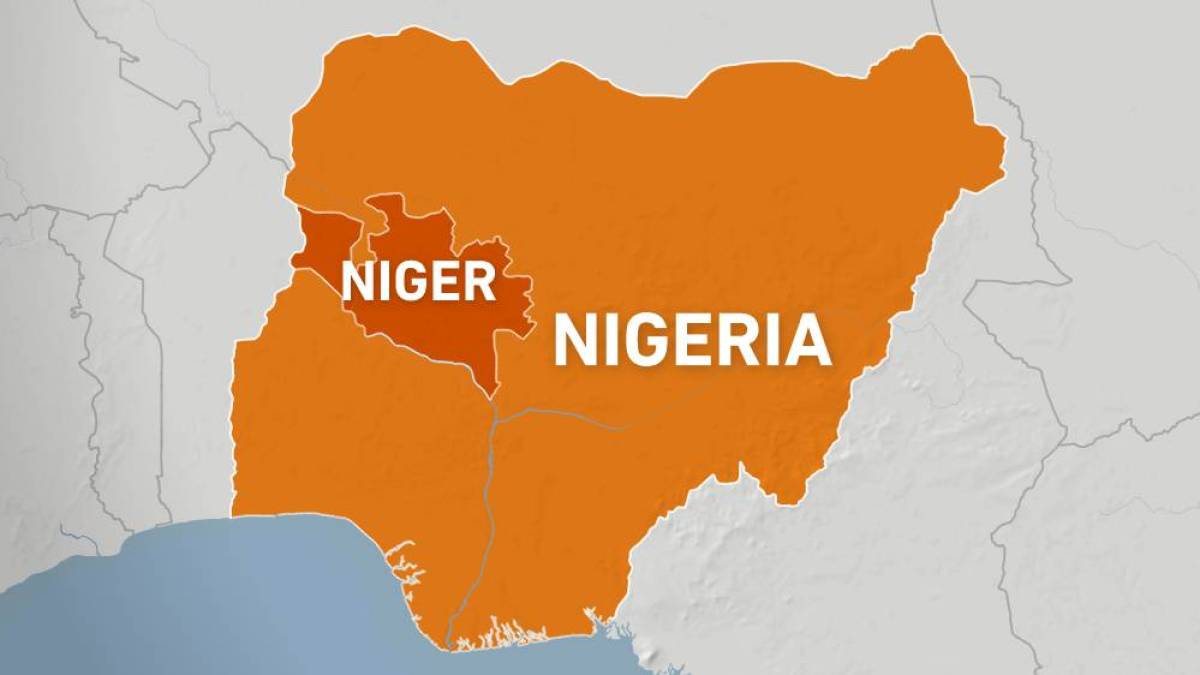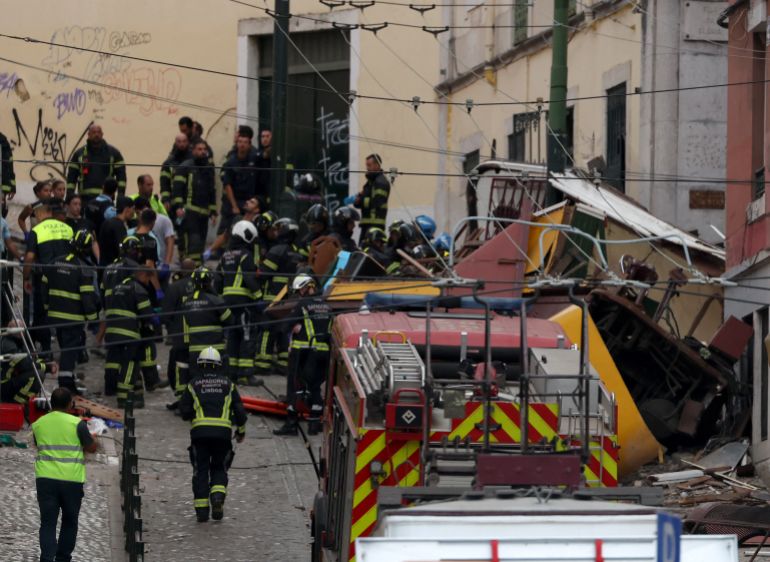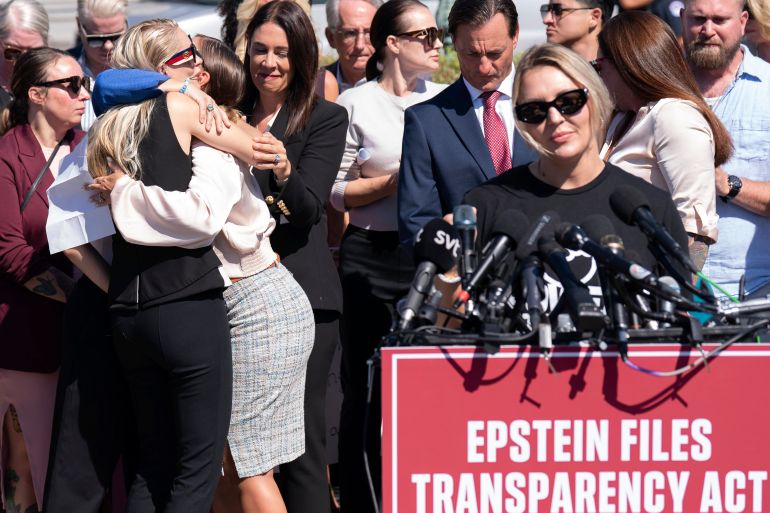In the most recent iteration of Australia’s controversial offshore detention policies, the Australian government has agreed to pay the tiny Pacific island nation of Nauru about $1.6 billion over three decades to resettle former detainees who have “no legal right to remain in Australia.”
In exchange for an initial $ 408 million Australian dollars ($ 267 million) and approximately $ 70 million Australian dollars ($ 46 million) each year thereafter, both governments signed a secretive agreement last week.
A “snap Senate hearing” on Wednesday night, according to independent senator David Pocock, revealed that the Australian government could lose up to 2.5 billion Australian dollars ($1.6 billion) over the course of 30 years as a result of the “agreement with Nauru to send asylum seekers there.”
After Home Affairs Minister Tony Burke announced last week that he had signed a memorandum with the president of Nauru “for the proper treatment and long-term residence of people who have no legal right to stay in Australia, to be received in Nauru,” the Senate hearing took place.
According to Clare Sharp, head of immigration at the Department of Home Affairs, “it’s in both countries’ interests to move through this as effectively as we can.”
Because money doesn’t flow until people arrive, she said, “It’s in Nauru’s interest.”
Nauru is one of the smallest nations on earth, with an estimated 12 500 people living on its shores and a continent that is only 21 square kilometers (8. 1 square miles) wide.
The agreement with Australia will “support Nauru’s long-term economic resilience,” according to Nauru’s president David Adeang, who released a statement on Sunday.
The deal with Nauru was “discriminatory, disgraceful, and dangerous,” according to Jana Favero, deputy CEO of the Melbourne-based Asylum Seeker Resource Center.
Favero claimed that the deal’s broad language could lead to the deportation of many thousands of Australian citizens.
Not the small number that the government would have Australians believe, according to Favero in a statement, “is tens of thousands of lives at risk.”
There are no guarantees that all 354 people, including some who have been found guilty of serious crimes, will be deported to Nauru, according to Australian immigration officials, who will make the final decision.
When their visas are revoked, the Australian government has been trying to find a solution for the country’s immigration crisis. In 2023, the nation’s High Court ruled that indefinite detention was unlawful if deportation was not an option, leading to the release of 220 people.
According to government officials, Australia currently has 35 people who are in that situation.
Although their transfer reportedly has been delayed by legal issues, Australia paid an undisclosed sum in February for Nauru to accept three immigrants who had been found guilty of violent crimes.
When Australia first began its contentious offshore detention program in 2001, Nauru was one of the two nations that Australia initially directed asylum seekers to.
After Prime Minister Anthony Albanese’s election pledge to end offshore detention, the last refugees left Nauru and came back to Australia in June 2023.
The legally binding 1966 International Covenant on Civil and Political Rights, including one protecting the right to contest detention in court, was violated by Australia’s offshore policy in January of this year, according to the UN Human Rights Committee.
In recent years, Nauru has turned to other migration-related initiatives to revive its economy, which has historically relied heavily on fertiliser-export phosphate, a crucial ingredient. However, those supplies have long since run out, and mining is thought to have caused 80% of Nauru to be uninhabitable.
The government of Nauru announced last month that the country’s first new citizens had been accepted as part of the Economic and Climate Resilience Citizenship Programme, which offers citizenship and a passport for a $ 105, 000 minimum investment.









